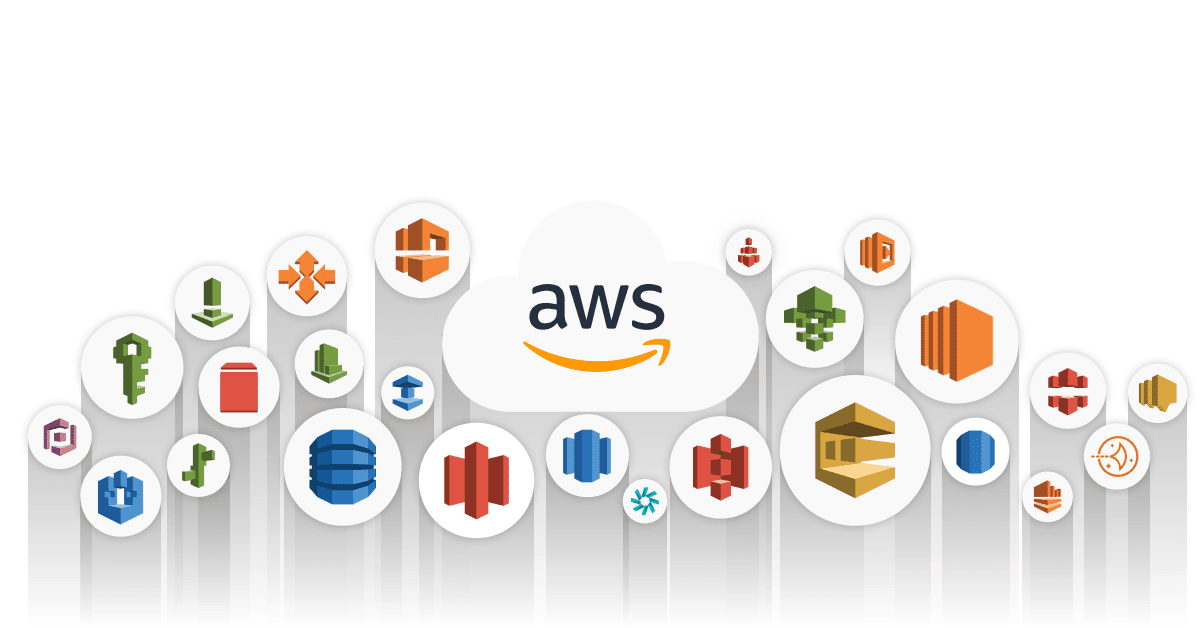Guide for AWS EC2 Instances and Other automation tools on AWS Cloud
 Sundaresan Anandan
Sundaresan Anandan
Automation in EC2
Automation in Amazon EC2 (Elastic Compute Cloud) involves using various AWS services and tools to automate the management, deployment, and scaling of EC2 instances. Here are some key aspects:
- AWS Systems Manager Automation:
Runbooks: Predefined or custom scripts that automate common tasks like instance creation, patching, and backup.
EventBridge Integration: Automate responses to events, such as scaling instances based on demand.
Scripting Support: Use Python or PowerShell scripts within runbooks for more complex automation.
- AWS Lambda:
Automate tasks like starting/stopping instances based on schedules or events.
Integrate with other AWS services for more complex workflows.
- CloudFormation:
Automate the provisioning and management of EC2 instances using templates.
Ensure consistent and repeatable deployments.
- Auto Scaling:
Automatically adjust the number of EC2 instances based on demand.
Use scaling policies to define when and how to scale.
Launch Template in AWS EC2
A launch template is a resource that contains the configuration information to launch EC2 instances. It allows you to create multiple versions of a template, making it easier to manage and update instance configurations. Key features include:
- Versioning:
Create multiple versions of a launch template to manage different configurations.
Use different versions for testing and production environments.
- Parameters:
Specify parameters like AMI ID, instance type, key pair, security groups, and user data scripts.
Store common configurations and reuse them across different instances.
- Advanced Features:
Support for newer EC2 features like EBS-optimized instances, capacity reservations, and dedicated hosts.
Integration with Auto Scaling groups for dynamic scaling.
Instance Types
Amazon EC2 offers a variety of instance types, each optimized for different use cases. Instance types are categorized into families based on their capabilities:
- General Purpose:
Balanced compute, memory, and networking resources.
Suitable for web servers, development environments, and small databases.
Examples: T3, M5, M6g.
- Compute Optimized:
High compute performance for compute-intensive applications.
Suitable for batch processing, high-performance computing, and gaming.
Examples: C5, C6g.
- Memory Optimized:
High memory capacity for memory-intensive applications.
Suitable for large databases, in-memory caching, and real-time big data processing.
Examples: R5, X1, X2.
- Storage Optimized:
High I/O performance for storage-intensive applications.
Suitable for data warehousing, distributed file systems, and log processing.
Examples: I3, D2.
- Accelerated Computing:
Hardware accelerators like GPUs and FPGAs for specialized workloads.
Suitable for machine learning, graphics rendering, and scientific simulations.
Examples: P3, G4.
AMI (Amazon Machine Image)
An Amazon Machine Image (AMI) is a template that contains the software configuration (operating system, application server, and applications) required to launch an EC2 instance. Key aspects include:
- Components:
Root Volume: Contains the operating system and initial setup.
Block Device Mapping: Defines the storage volumes to attach to the instance.
- Types:
Public AMIs: Provided by AWS or third parties, available to all users.
Private AMIs: Created by users and only accessible within their account.
Marketplace AMIs: Provided by vendors through the AWS Marketplace.
- Creation and Management:
Create custom AMIs from existing instances to capture specific configurations.
Use AMIs to ensure consistent and repeatable deployments.
- Usage:
Launch instances with predefined configurations.
Share AMIs with other AWS accounts or regions.
Thank you for reading😉.
Subscribe to my newsletter
Read articles from Sundaresan Anandan directly inside your inbox. Subscribe to the newsletter, and don't miss out.
Written by

Sundaresan Anandan
Sundaresan Anandan
I am a tech enthusiast and have dedicated 5+ years of experience in software development. Currently, I am working as a solution engineer. Here my responsibilities are to directly interact with customers and fellow developers, then identify their pain points and figure out the solutions. Apart from that, I spent plenty of time code along with other developers, writing technical documents and preparing architecture diagrams.